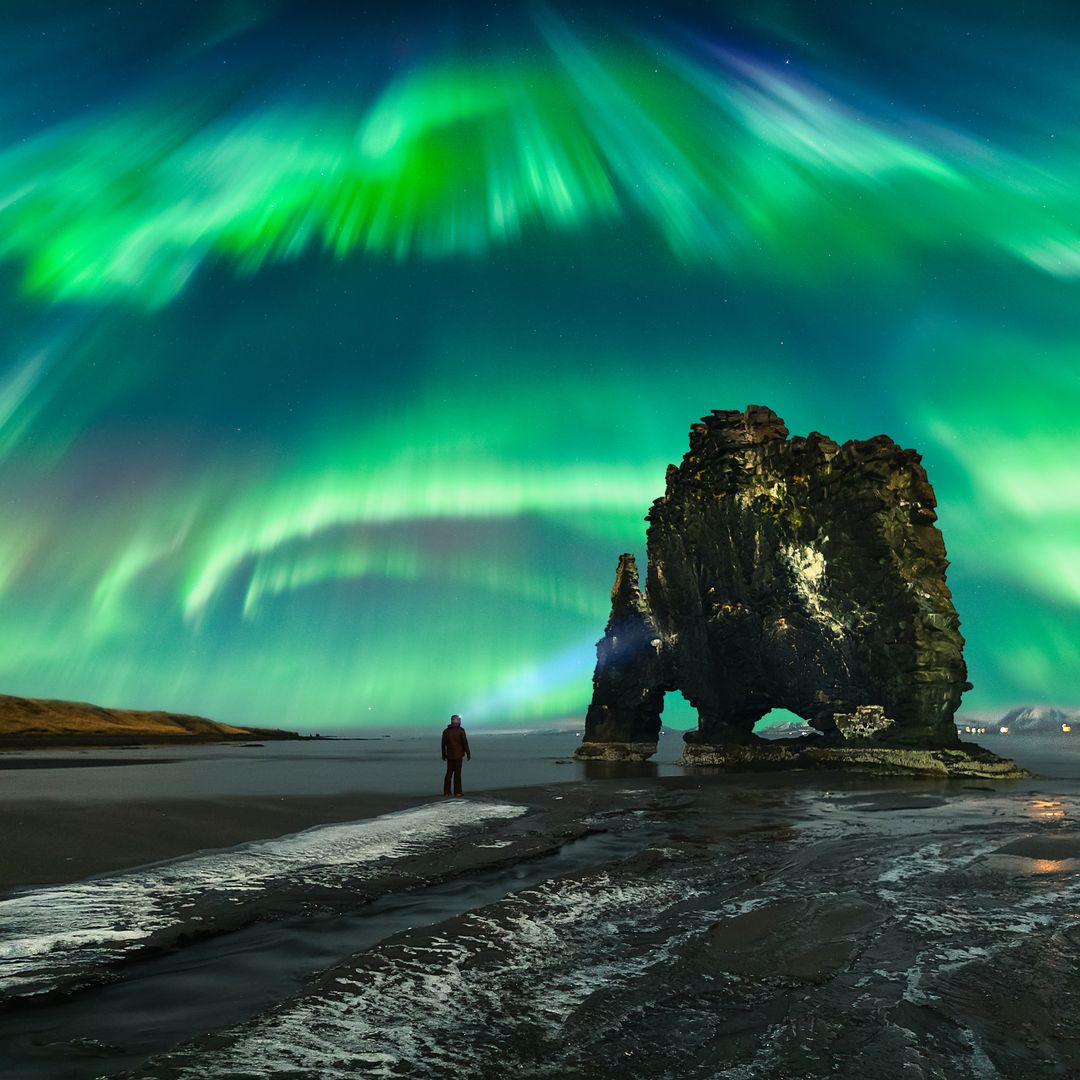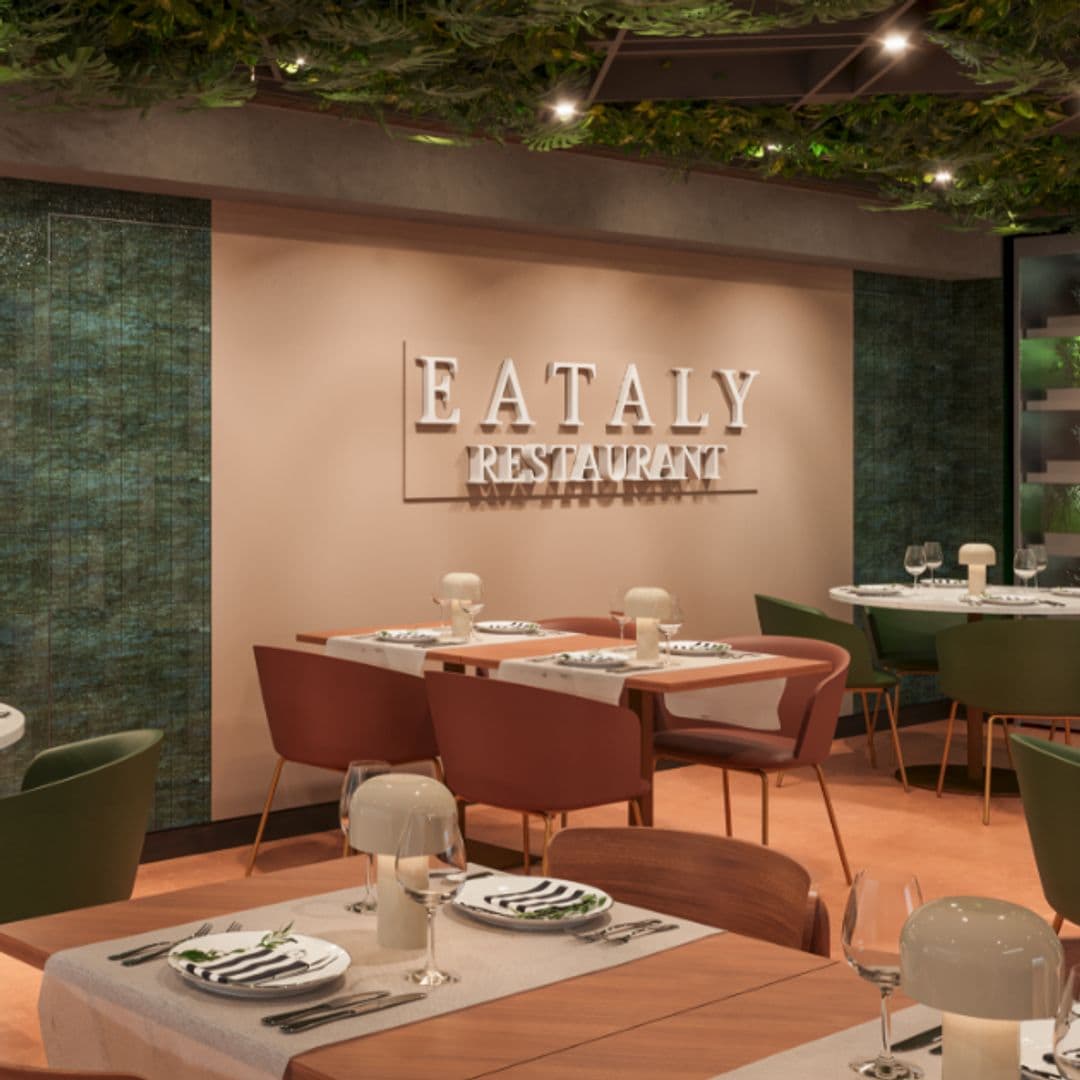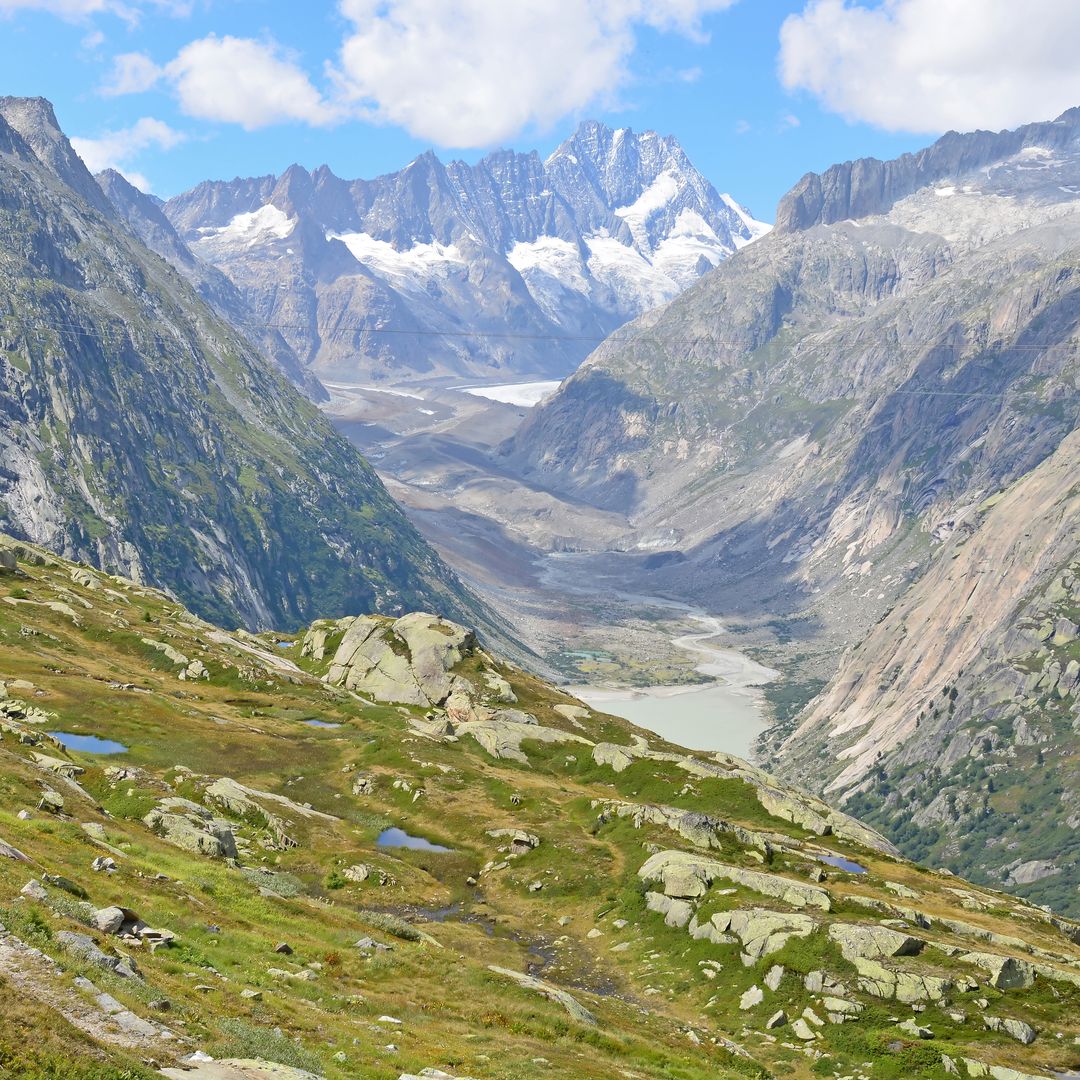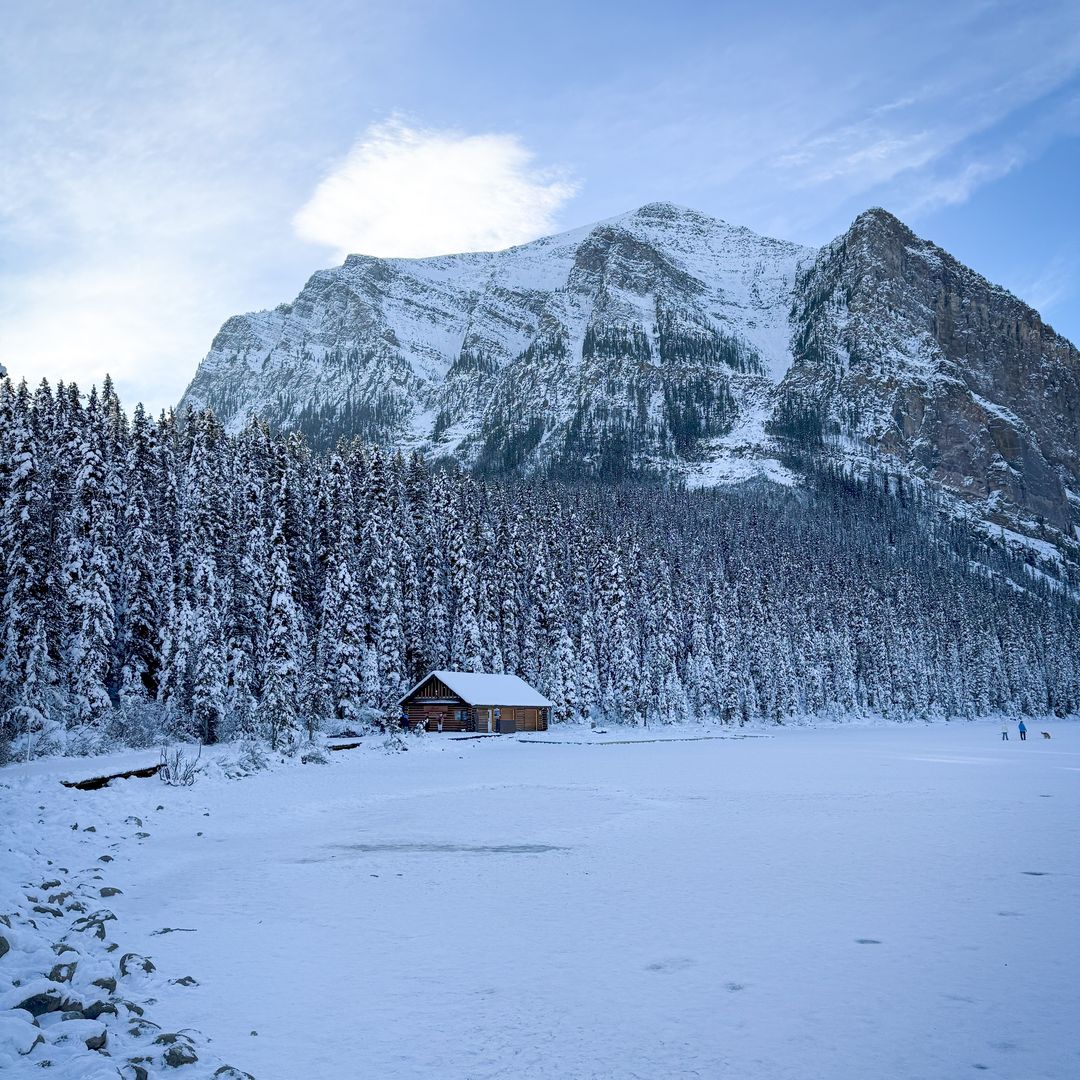Carnival, which takes place before the start of Christian Lent, is an iconic celebration known for colorful masks, flamboyant costumes and raucous parties and street parades. But each carnaval celebrated in cities around the world is different, infusing the unique local cultures and traditions. In essence though, it is one big party – and one you don’t want to miss whether it is in Rio de Janeiro, Panama, or Barranquilla, Colombia (Shakira’s hometown!). You can also celebrate in European locations like Venice, Nice or Tenerife, Spain. Keep scrolling to discover 9 amazing cities where you can travel to experience the color, energy and spectacle of the most famous carnivals around the world.
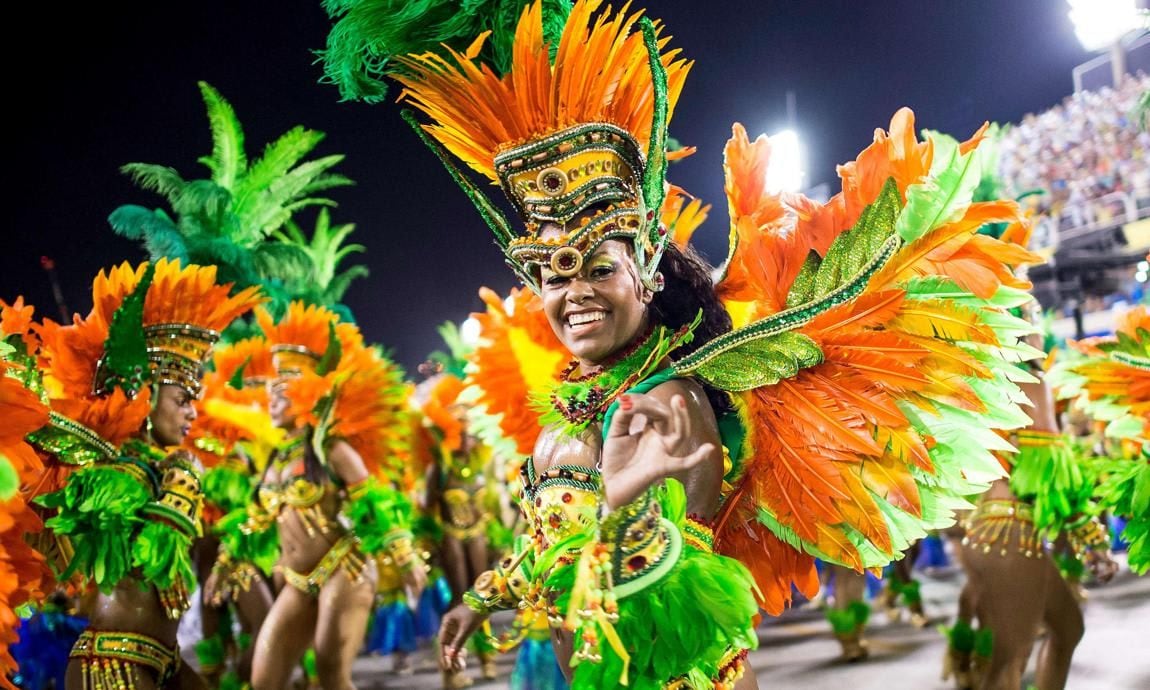 © GettyImages
© GettyImagesRIO DE JANEIRO
The Rio Carnival lasts for four days and includes a Samba competition where various schools meet to compete. The city receives visitors from all over the world for what might be the world’s most iconic celebration, which begins at the Sambadrome Marquês de Sapucaí, the offical venue of Rio Carnival. There are countless street events and private parties for all tastes, and one of the biggest stars of the scene are the stunning dancers dressed in colorful, extravagant and very revealing attire!
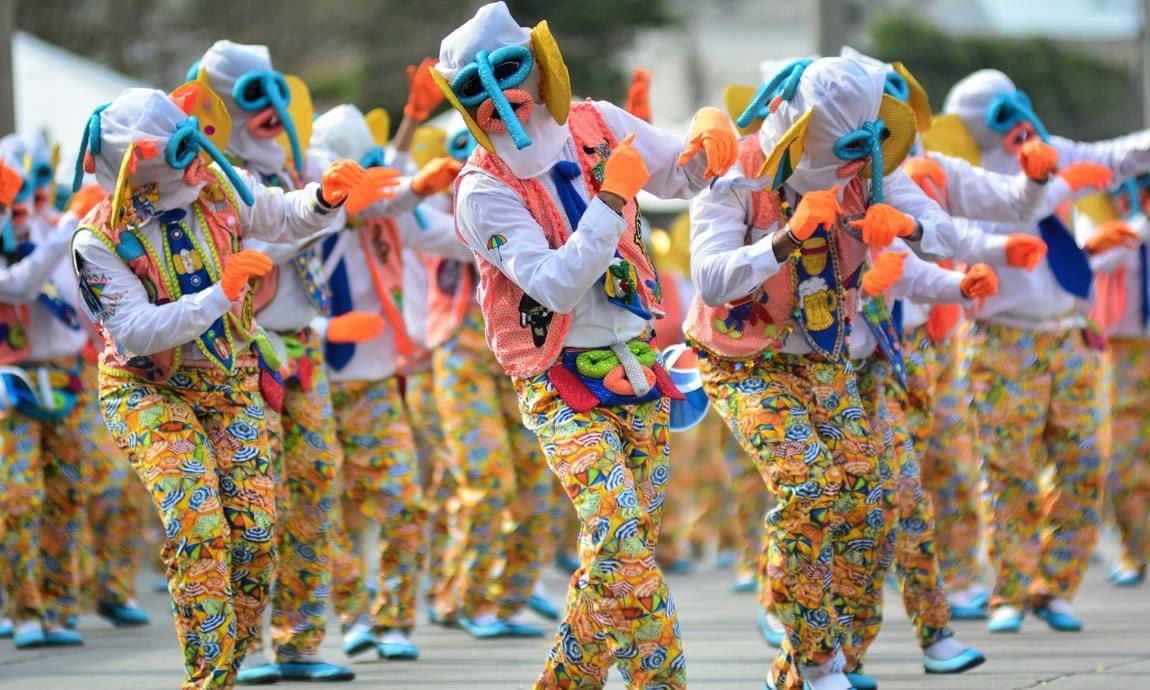 © GettyImages
© GettyImagesBarranquilla, Colombia
Welcome to Shakira’s hometown! One tradition of Barranquillo's lively and joy-filed Carnival, which begins the Saturday before Ash Wednesday, is to dress up as characters, the most popular of which is marimonda, a colorful masked figure that kind of looks like an elephant, with a big nose, patched jacket and pants worn backwards. The original marimonda creator was a very poor man who, legend has it, designed this look to mock the wealthy.
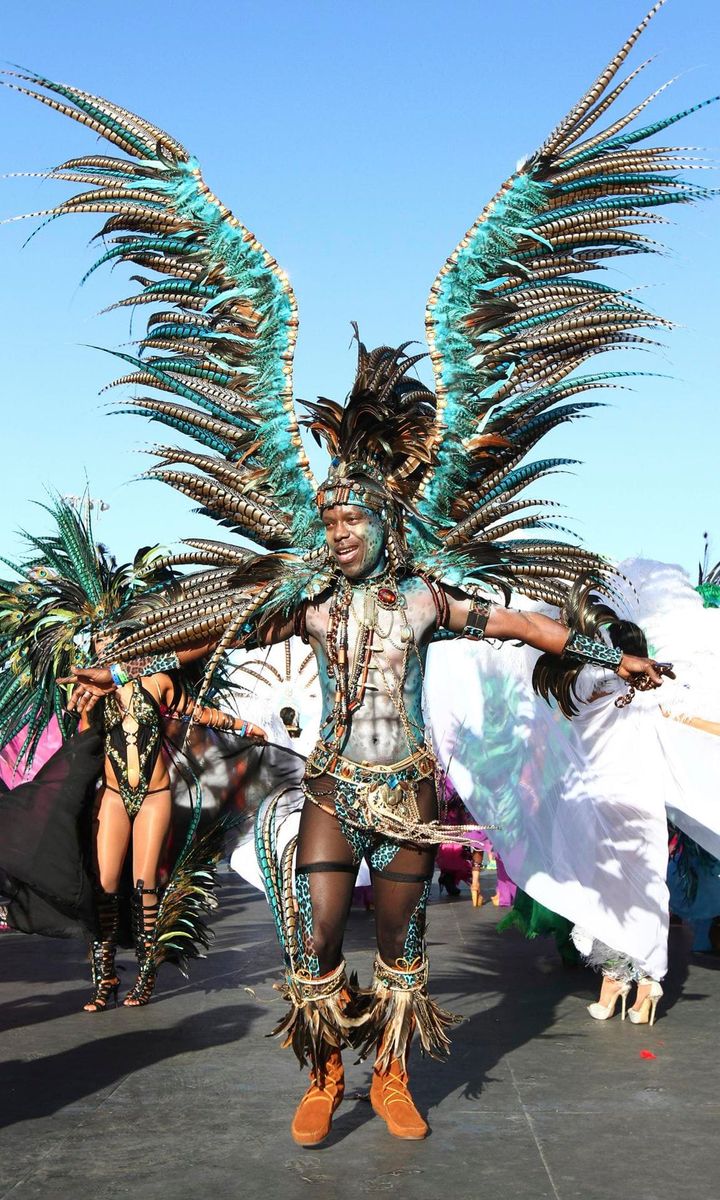 © GettyImages
© GettyImagesTRINIDAD AND TOBAGO
If you want a fabulous ambience filled with the the sounds of calypso, soca and steel drums, check out Trindad, where rhythm is the heart of the festival. Calypso is an Afro-Caribbean rhythm that has its origins in Trinidad and Tobago, and is very popular in the rest of the Caribbean islands, while soca is a musical genre which originated in the 1970s. Another key part of the carnival are the limbo competitions and the musical battles, including the famed Calypso Monarch. Winning it is one of the biggest honors that can be received on the island.
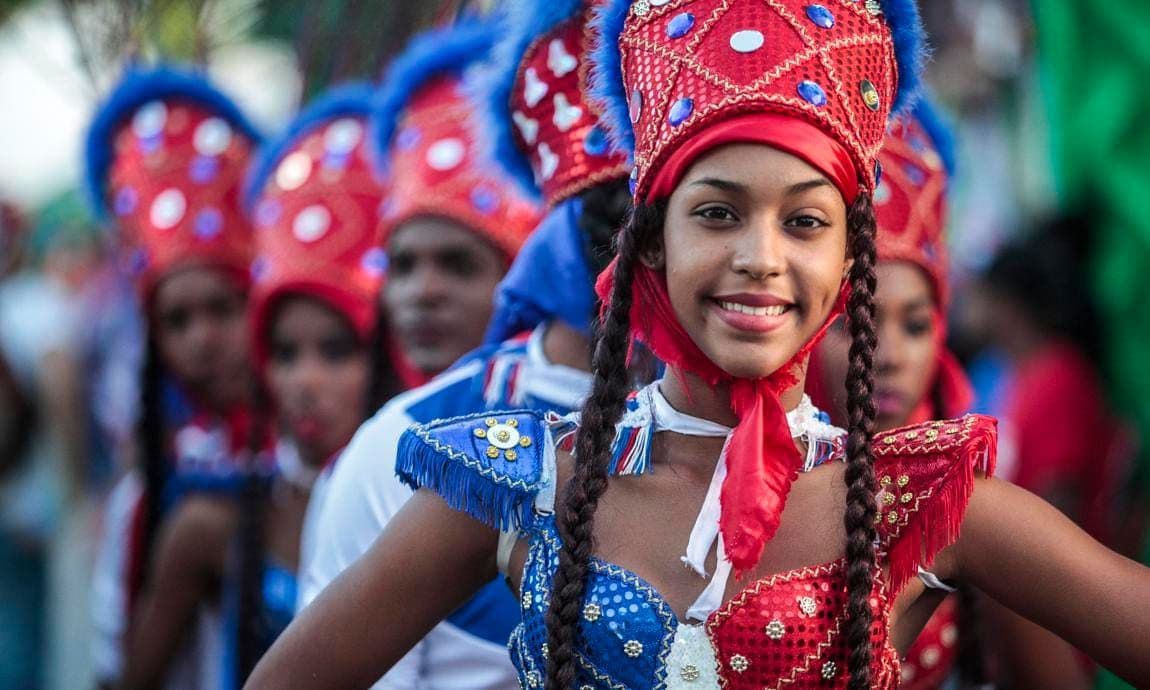 © GettyImages
© GettyImagesPUNTA CANA, DOMINICAN REPUBLIC
Joy and celebration have been taking over the Punta Cana Village for more than a decade, bringing thousands of revelers together at the colorful Carnival gala. Skirts worn by revelers are embellished with an an emblematic print or tradition the Dominican Republic: traditional wooden houses found in the fields and villages, fishermen, and even yola boats. Tourists from both the Dominican Republic and abroad flock to the festival each year to take part in this exciting carnival gala. Domincians really know how to celebrate!
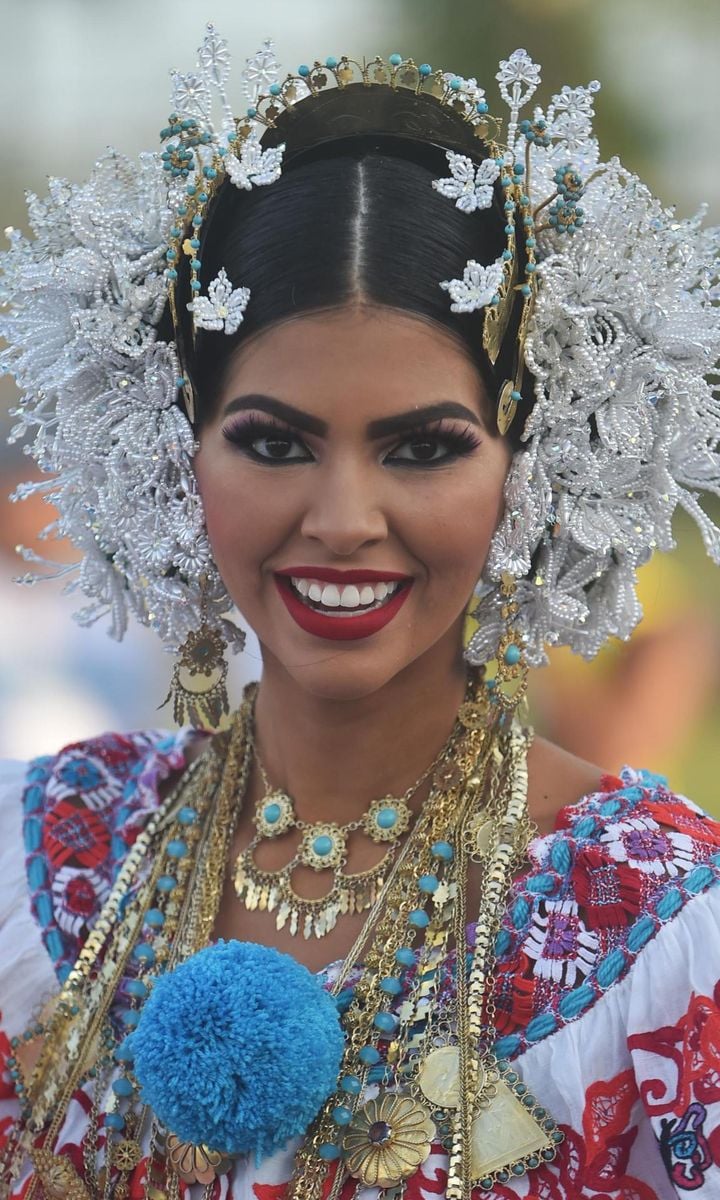 © GettyImages
© GettyImagesPANAMÁ
The Carnival in Panama has been celebrated since the early 1900s, and is one of the most popular in the Caribbean and Latin America. While the roots of the carnival began in Panama City, the party is infused throughout the country, concentrating in the Azuero Peninsula. During carnival, the main streets of Panama City are filled with parades and floats as Panamanians leave their inhibitions aside and exude the spirit of carnaval. One standout atrraction is the handmade dresses worn by the Carnival queens. During the famed carnival in Las Tablas, which takes place four days before Ash Wednesday, each street offers a huge party with its own queen who will then compete to be the official Queen of the Carnival.
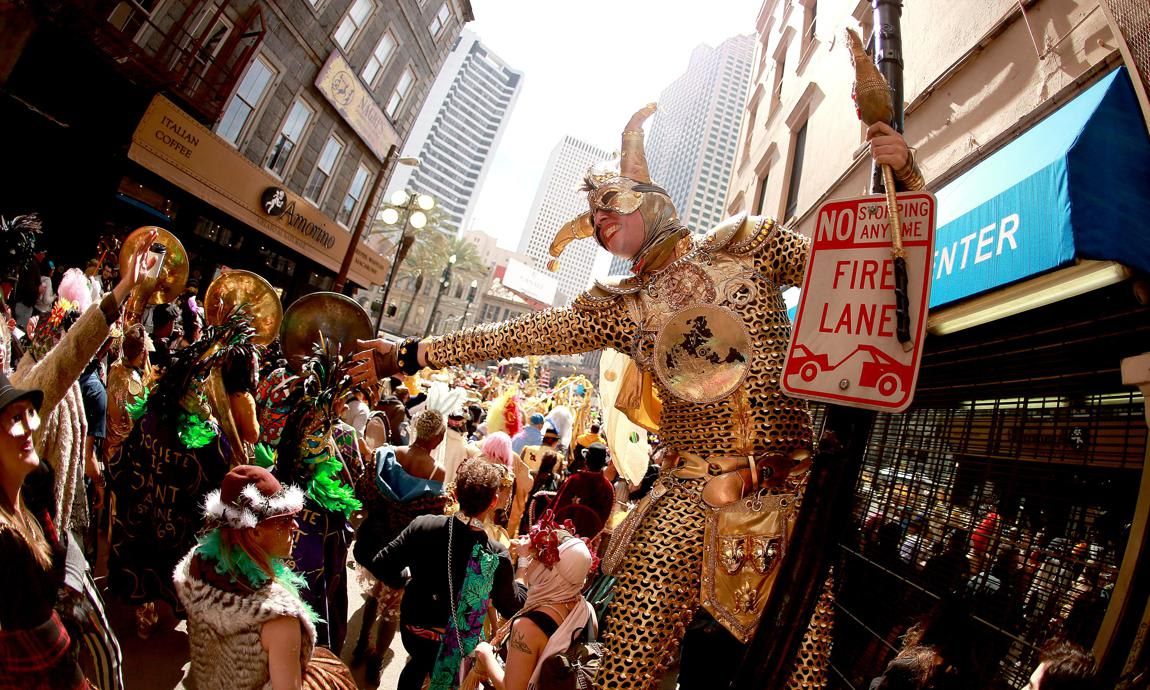 © GettyImages
© GettyImagesNEW ORLEANS
The people of New Orleans spend the whole year designing and hand-making their spectacular Carnival costumes bedecked with feathers, sequins and rhinestones in preparation for Mardi Gras, one of the most famous celebrations in the US. The always vibrant birthplace of jazz, a beautiful mixture of cultures and traditions thanks to its French and African heritage, swells with excitement and spectacle during the celebration. On Bourbon Street, locals and tourists alike throw the characteristic beads into the crowds against a backdrop of energy, music and costume.
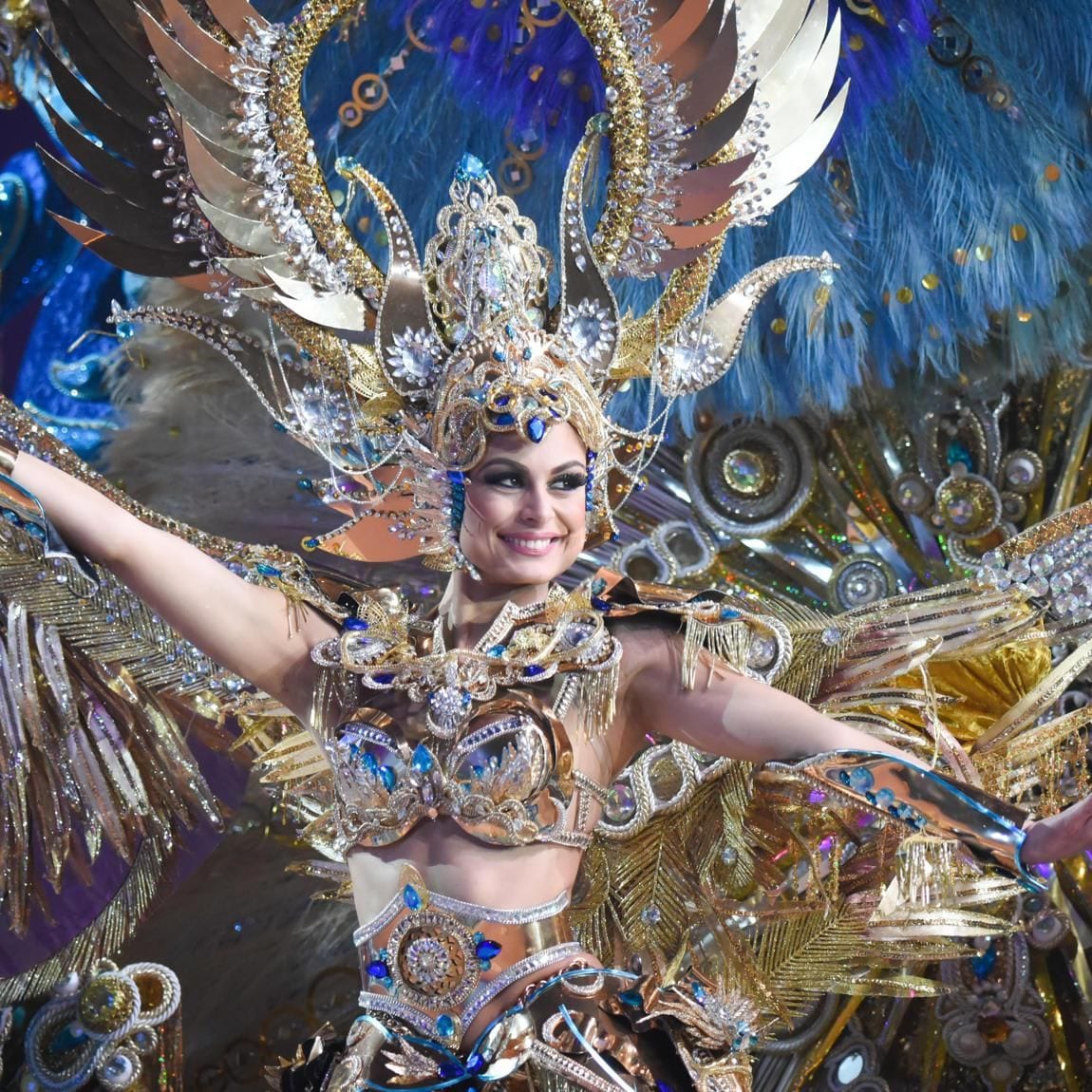 © GettyImages
© GettyImagesTENERIFE, SPAIN
Santa Cruz de Tenerife gets all dressed up with the arrival of its spectacular Carnival, which fills its streets with rhythm, color and fantasy. During carnival, the island holds galas to elect carnival queens, and features performances by musical groups and orchestras in the streets. The Carnival of Santa Cruz de Tenerife is the most ‘Brazilian’ of those celebrated in Spain, and is internationally famous for being one of the most popular in the world. For fifteen days, joy, freedom and imagination overflow this idyllic Canary island location.
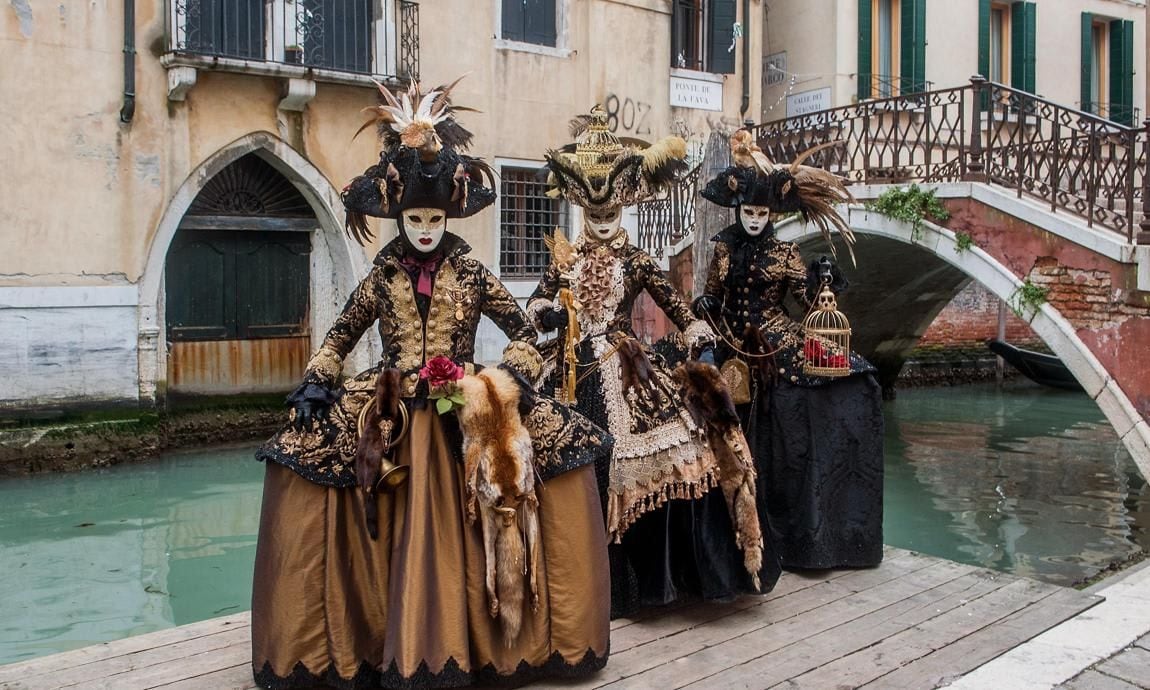 © GettyImages
© GettyImagesVENICE, ITALY
The quintessential carnival of Italy, the Carnival of Venice first appeared in official documents as far back as 1296. Established to grant the population a period dedicated to fun and celebration, the Carnival of Venice’s main feature is its masks, designed to neutralize one’s identity and erase any signals of class, sex or religion. The Carnival of Venice is considered unique for its history, its masquerade and its atmosphere. Declared a UNESCO heritage site, Venice is a fascinating city any time of year, but is even more magical during carnival.
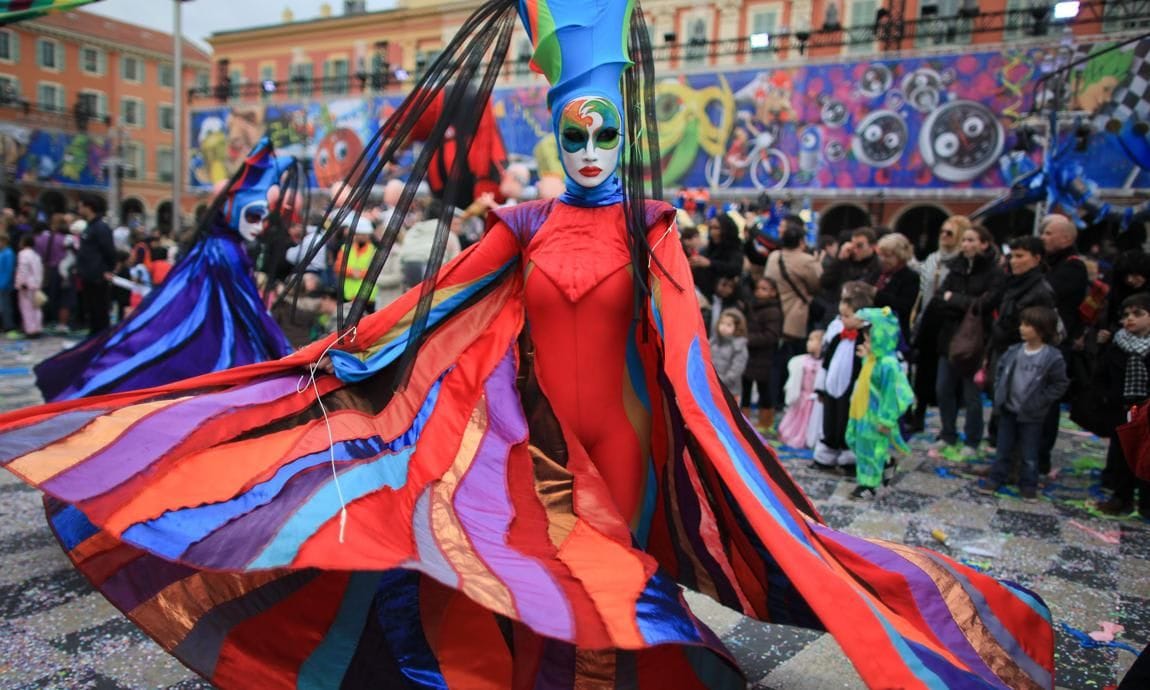 © GettyImages
© GettyImagesNICE, FRANCE
Internationally renowned, the Carnival of Nice attracts about a million visitors from all over the world every year. The Carnival reached its peak during the Belle Époque, but its history actually can be traced back to the 13th centurywith the Count of Provence, Carlos II, Duke of Anjou. Today, against a background of decorations created and painted by local artists, more than 150,000 hand-painted light bulbs flash during the fifteen days of the carnaval, giving a mystical atmosphere to Place Masséna and the famed Paillon Promenade. Highlights include the Corso Carnavalesque Illuminé (Parade of Lights), Bataille de Fleurs (Flower Parade), and closing fireworks.
,type=downsize)

